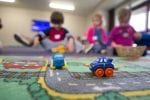How To Help Your Child to Stop Losing Everything
It starts small: a missing jumper, a lost water bottle, the PE kit they swore they didn’t leave in school, but isn’t actually at home or in the car. And before long, you’re halfway through the school year, buying new equipment, because somehow, you’ve lost almost everything.
But life doesn’t have to be this way. You need to know and should find ways to help kids not lose so much because, spoiler alert, they will lose things just like adults. (How many times have you lost your keys or phone lately?). You can reduce the loss rates and reduce how much time you spend rummaging through the lost property box at school in vain, knowing it’s not there—its vanished.
There’s no perfect fix or magic solution, but there are tips that can help you out.
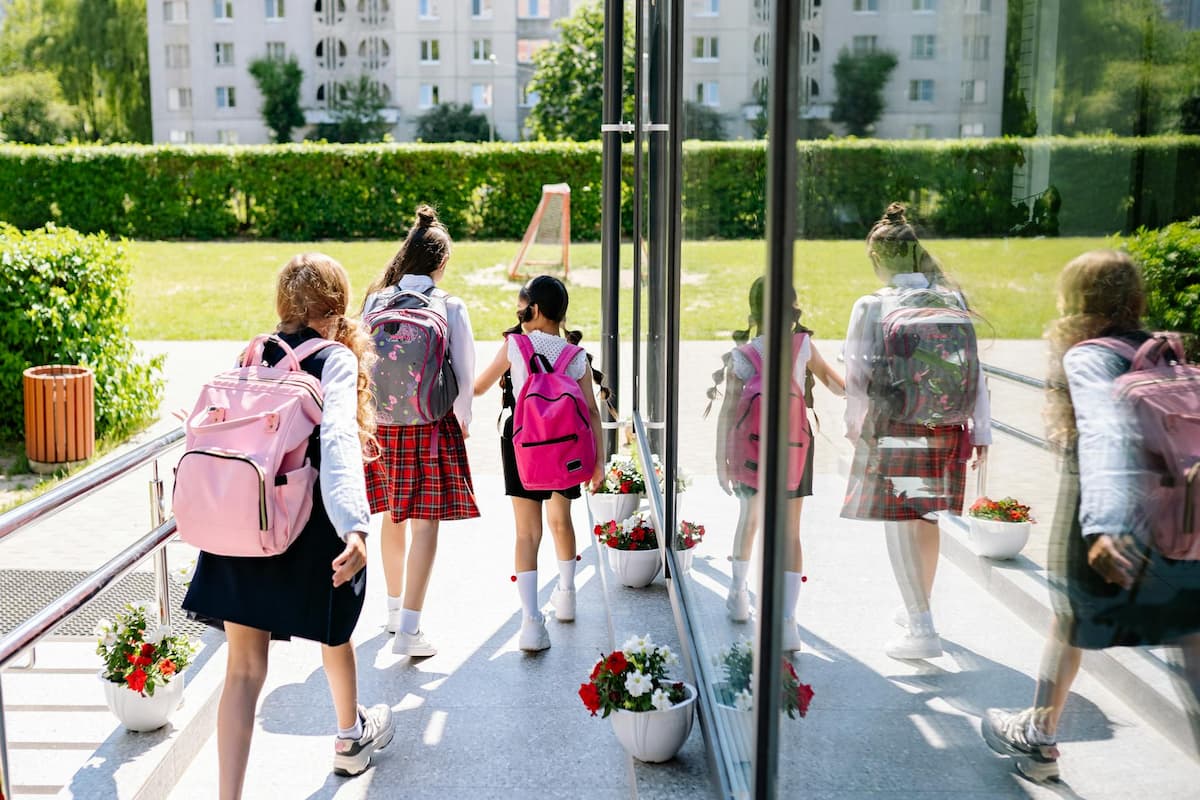
Make It Too Obvious to Lose
Everything your child owns looks the same as every other kid’s at school. It’s called “uniform” for a reason. It’s designed to be this way. So how can your child tell what is theirs and not their friends?
Whether it’s the water bottle, the navy jumper, or shorts for PE, you need to make it their own and stand out.
Ribbons on lunchboxes, a tag on the school bag, a keyring on the coat zip or a sticker on bottles. Anything that helps them recognise it as theirs and not get confused or take someone else’s item home.
It doesn’t need to be big or fancy, just recognisable. If you want them to match, then get the label collection in the same design for added consistency so your child can point out their belongings even amongst 30 navy jumpers in a pile.
Name Everything
Even if your child is too young to recognise their name being written on it, teachers and adults can tell who the things belong to.
Make it your mission to put their name on everything you can, everywhere you can: labels, underneath bottles, on the base of lunch bags, on coat linings, etc., anywhere and everywhere.
But that’s not all you need to do. What happens if the first name label comes off or fades? You need at least 2 labels so you have a backup, especially as you head further into the year and wear and tear become more apparent.
One Minute Bag Checks
The best system is the one they’ll carry out. Not a full clean-up but a fast check. Every night before bed, have your child do a quick check: jumper shoes, reading book, water bottle, lunchbox, done.
You cannot make it a game or a race, but make it fun and fast for it to be something they actually do. And if anything is missing, you’re not finding it as you head out the door in the morning.
Give Everything a “Home”
If kids know where something is supposed to be, they’re more likely to put it there, especially if you’re consistent in making them do it. Most items have simply been misplaced due to being left in random places. So, have a shelf in the hallways or kitchen where all school bits go. Or give each item a fixed spot – a shoe rack, bags on their own hook, lunchboxes straight on the kitchen counter, etc. Each little habit equates to no less than a school essential and less stress for you.
Boring but essential, and the key to a more organised life.
Teach Them to Find, Not Lose
But you don’t actually teach them to lose things, you’re thinking. And no, you don’t teach it, but by not teaching kids how to find something, you’re basically doing the same thing.
When something goes missing, instead of jumping in, try the following prompts to tell them where to start or how to find what they have lost.
- Check under your desk
- Ask at the office
- Look in lost property tomorrow
- Retrace your steps from where you last had it
- Ask who you were with if they remember anything to help you find it
If you’re always finding things for them, they won’t appreciate the importance of looking after their belongings, and the rate of loss or misplacement will continue. And kids are fast learners. Once you’ve helped them once or twice, they’ll pick up on it and be able to self-direct themselves to find anything they lose.
Make It Personal
Kids are more likely to want to keep something safe if they feel a connection to it. If you let them pick the things they want, they’re less likely to forget them. Be it pencils, a new coat or drinks, if they love it, they will want to keep it, and this is where you get fewer things lost. Sure, there’ll be more tears if they do lose it, but it’s a great way to help them be more responsible without the lectures.
Pack For The Next Day, Not The Next Minute
Rushing is the enemy when you’re trying not to lose anything. Most lost property happens when you’re rushing, as you take less care and are probably overlooking things you wouldn’t normally miss.
Take the time to stop and do quick refreshers and run through checklists so you’re not missing anything or unaware of issues before it’s too late. Pack lunches the night before, have uniforms laid out before bed, keep shoes at the front door and always, always, always check the car before you start rushing around looking for things.
Accept Perfection Isn’t Possible – Buy Spares
You won’t always be on top of things. You won’t always prevent your kids from losing everything, but you can make these instances far and few between. By putting habits and tips into place, you can increase the possibility of your child knowing what is theirs and keeping it safe at all times. But as a backup, spares are essential.
It’s an ongoing battle – some you win, some you lose. But in the event of missing items, having spares is going to save the day in an emergency and prevent meltdowns from everyone. By accepting that things will get lost, and spares are essential, not a reward for losing things, you can keep things moving in the right direction.
![[AD] We went to the newly opened Cha Sha Kingston a couple of weeks ago, and wow — taste bud adventure unlocked! The boys devoured the masala fries and chicken tikka rolls, while we couldn’t get enough of that epic kebab butter curry 😍🍛.
It’s amazing value for food this tasty (and everyone left happy and VERY full!).
Delicious food, vibrant vibes and incredible value — the perfect combo for your next meal.
📍Cha Sha Kingston
43 Surbiton Road, KT1 2HG
🌐 chasha.co.uk
Other Cha Sha locations in Birmingham, Ilford, Southampton and Wembkey
#ChaSha #ChaShaKingston #KingstonEats #FoodieFinds #UKFoodie #FoodReview #KingstonUponThames #FamilyEats #FamilyDining #FoodieKids](https://suburban-mum.com/wp-content/uploads/2016/02/574770541_18560351146016840_6855048070839528040_n-180x320.jpg)

![[AD] We’re a cricket-mad family, so we’re buzzing that @thehundred is back this August! 🏏🔥
To get ready, M tried out the official FREE Activity Pack — and it’s brilliant! 🙌
Packed with fun games, creative challenges and sporty tasks, it’s perfect for getting kids hyped whether you’re at home or on the go.
👉Download yours now (link in bio)
@londonspirit @ovalinvincibles #EveryMomentCounts #TheHundred
#EnglandCricket #CricketFamily #TheHundredCricket #LondonBloggers #Cricket #CricketIsLife #kidsfun](https://suburban-mum.com/wp-content/uploads/2022/11/505472555_18531279601016840_7092520074819907569_n-180x320.jpg)



![[AD - Press visit]
We enjoyed the glorious sunshine this weekend with a trip to Brighton. We went on the @brightoni360official which is right by the sea front.
The i360 pod take a slow journey up, allowing you to take in views across Brighton and the South Downs 450ft above ground. There’s a bar inside with drinks and snacks available to purchase and the experience lasts 25 minutes.
Afterwards, we headed to the open air roller rink for a roller skating session!
The roller rink is:
⭐ Suitable for over 5s
⭐ £6.50 if you have your own skates or £9.50 if you need to hire them
⭐ 45 minutes per session
Full details to visit the i360 + skating
📍 Brighton i360, Lower Kings Road, Brighton BN1 2LN
🚗 Parking nearby (we parked in the Regency Square Car park)
🎟️ Prices start from £25.40 for an adult and £16.90 for a child
🕐 Opening hours are currently Sun-Fri 10.30am-18.30pm and until 19.30pm on Saturdays
☕️ Bar inside the i360, cafe and gift shop
Book tickets here:
https://tickets.brightoni360.co.uk/tickets/?_ga=2.195305772.1869001490.1689671753-1757164059.1689671753/#events?eventid=157](https://suburban-mum.com/wp-content/uploads/2015/04/417980235_313576471048632_3682382982231216432_n.jpg)

![[AD] ***Summer of fun at Barracudas Activity Camps!****
There is plenty for kids to do at @barracudas_activity_day_camps
From Tennis, Archery, Swimming, Motor Sports and more you can be sure that there will be something for kids aged 4.5-14. ⚽🏈🥅🎾🏓🏎️🏹🏊♂️🏉
You can book on a day by day basis - so it can fit in with any other days out/activities you have planned and there are early drop off and late pickup options available. Barracudas are also Ofsted registered so you can use your Childcare Vouchers too.
⭐⭐⭐Get £20 off a week or £4 off a day using my discount code: MARIA20⭐⭐⭐
#BarracudasActivityDayCamp #BarracudasActivityCamp #BarracudaAmbassadors #SummerHolidays #SchoolHolidays #Summer2023 #SummerCamp #DayCare #Camp #KidsCamp #surreymummy #surreymums #SummerOfFun #ActivityCamps #HolidayCamps #Childcare #SchoolHolidays #schoolholidaycamps](https://suburban-mum.com/wp-content/uploads/2024/07/353583570_625625966167953_545896259645102575_n.jpg)
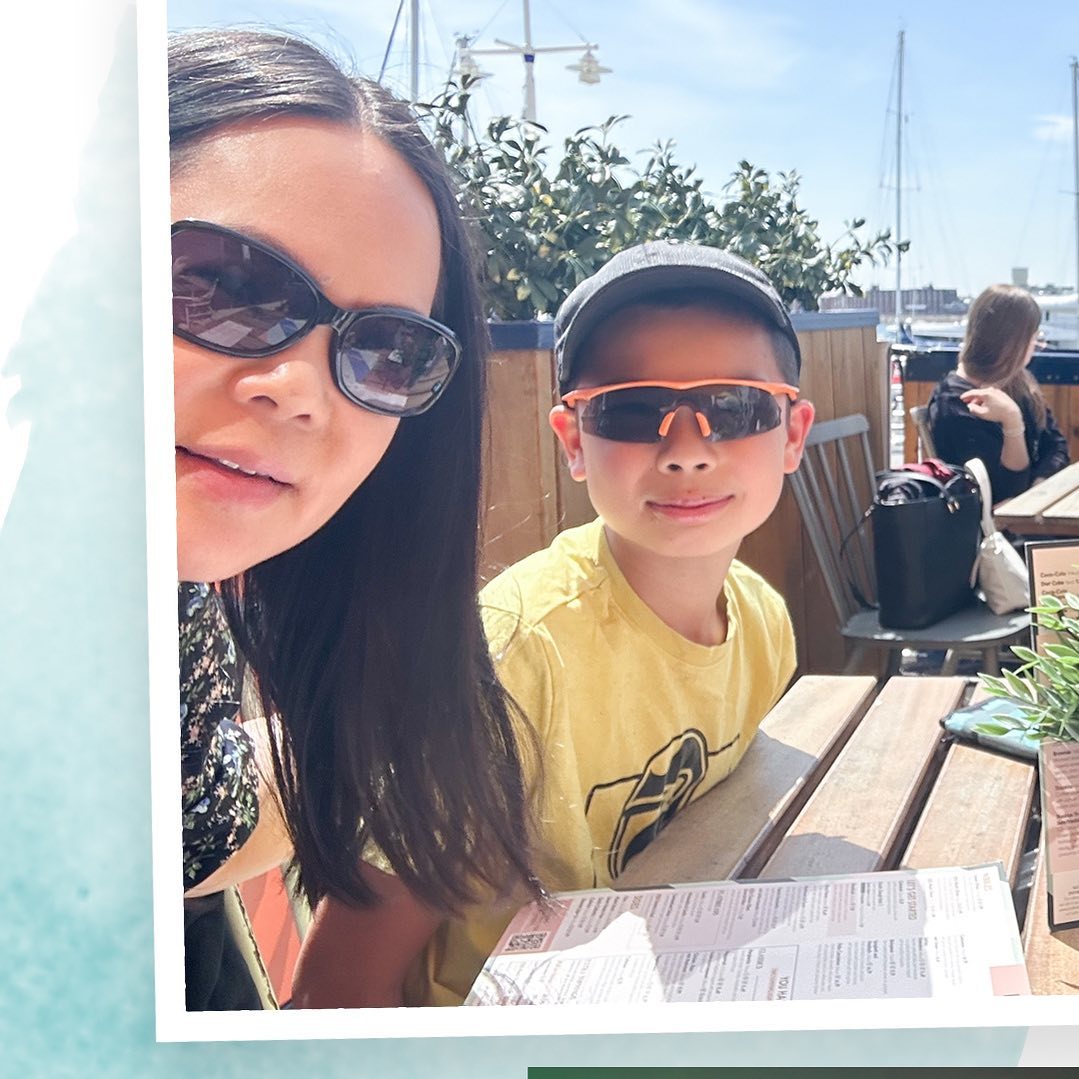


![[AD] We have some super exciting news...we have been chosen to be Laser Quest Ambassadors, and the boys are over the moon!
We are really lucky that our local Laser Quest (@laserquestkingston) is just around the corner from us. It means we can pop in of a weekend or anytime during the school holidays, and with summer just around the corner, I know Laser Quest will be one of our go-to places for some family fun.
As well as games of Laser Quest, there are also VR experiences and arcade amusements too. To find out a bit more about how Laser Quest works, you can read my blog post: https://www.suburban-mum.com/laser-quest-kingston/ (clickable link in bio)
Don't forget to keep an eye out for our Laser Quest posts - I'm going to be giving away two family passes to use at Laserquest Kingston!
If you can't wait and want to head down to Laser Quest to try it out, use the code SUMMER30 for 30% off your booking. The code is valid from now until the end of August 2023 and can be used on Laser Quest games and birthday party bookings.
#LaserquestAmbassador #Laserquest #LaserquestKingston #ActivitiesForKids #FamilyFun #DaysOutWithKids #Lasertag #LaserquestVR #Kingston #ThingsToDoInKingston #SurreyFamilyDaysOut #ThingsToDoWithKids #RainyDayFun #SurreyMummy #SurreyLife #LifeWithKids #LifeWithBoys #familyfunday](https://suburban-mum.com/wp-content/uploads/2015/04/353230107_797358078406942_2405522556733455165_n.jpg)
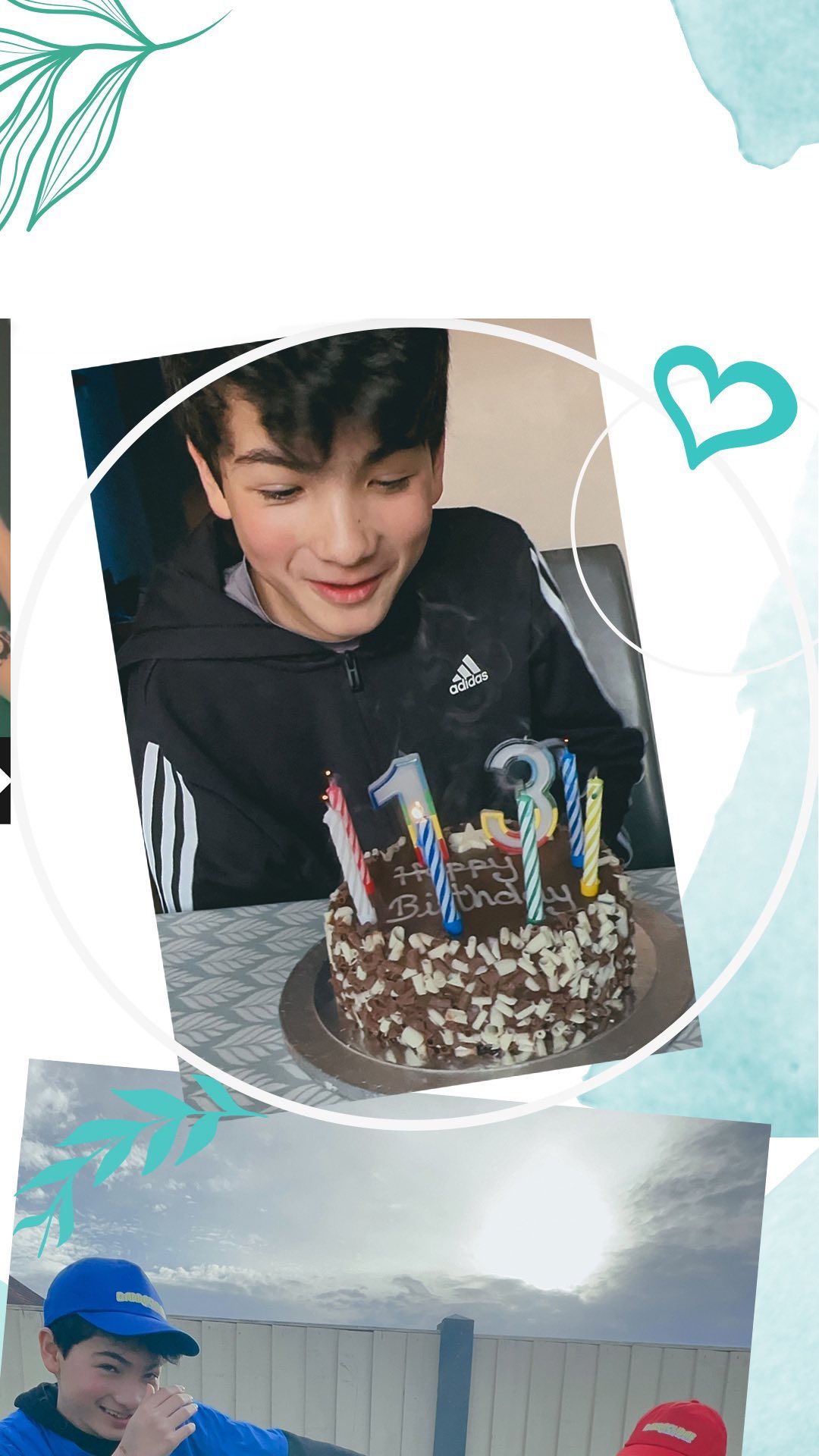
![[AD] The sun has finally made an appearance and the boys have been making the most of it by spending it
in the garden.
They’re go-to is always football and they’ve been trying to improve their aim and accuracy with the new Messi Foldable Footlball goal from the #MessiTrainingSystem range.
I love the fact the goal is foldable, making it easy to store away when not in use. It is also lightweight so you can effortlessly pack it up and take it to the park or to a friend’s house.
The Messi Foldable Football Goal retails at £36 and can be purchased from @argos
You can read my full review here: https://www.suburban-mum.com/messi-foldable-football-goal/
#TrainLikeMessi #FoldableFootballGoal #FootballSkills #OutdoorFun #LionelMessi #LeoMessi #FootballAtHome #OutdoorKids #JustGetOutside #OutdoorsAndFree #ScreenFreeKids #WhateverTheWeatherKids @flair_gp](https://suburban-mum.com/wp-content/uploads/2015/04/341194882_615024710178056_41977149395989448_n.jpg)

![[AD] We are absolutely thrilled to announce that we are Barracuda Ambassadors again this year.
With Easter just around the corner, the boys were sent the @barracudas_activity_day_camps new camp kit in preparation for the school holidays.
There’s a wide range of activities for kids aged 4.5 - 14 including Tennis, Archery, Basketball, Arts & Crafts and more.
If you like the sound of Barracudas, find out more over on their website. You can also save £20 a week or £4 a day, using my discount code: MARIA20](https://suburban-mum.com/wp-content/uploads/2024/07/336812306_765234558514317_685553691647241974_n.jpg)

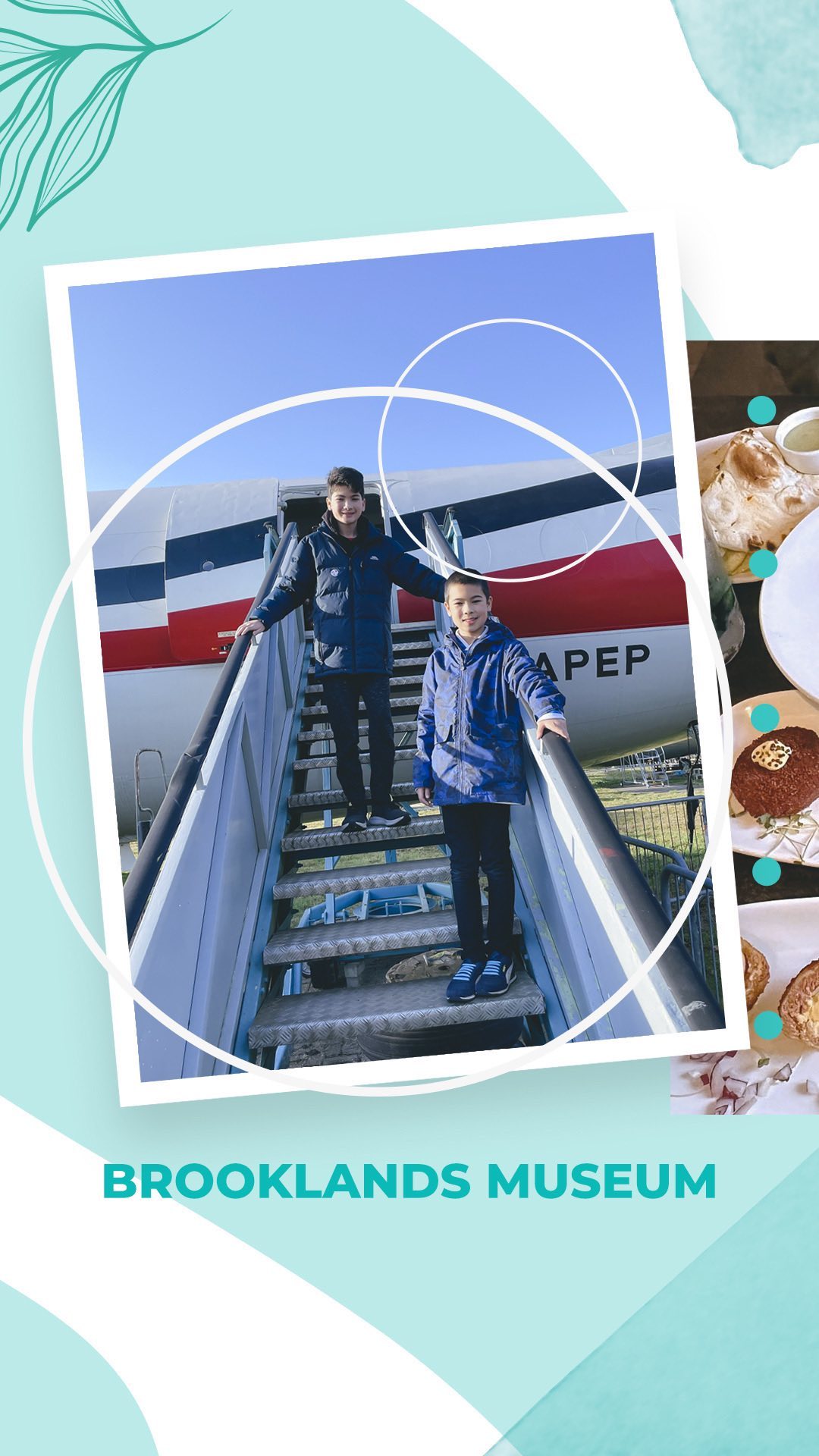
![[AD - Gifted]
Last weekend we were invited to try out @tsarettaspice’s new Bottomless Brunch menu and I can tell you it was thumbs up all round!
There’s a good choice tapas on offer from Punjabi fish fingers, Indo Chinese Chicken to Spiced Lamb Scotch Eggs and Manchurian Cauliflower (which was amazing!)
If you’re local to Twickenham and fancy giving them a try here’s are the details.
Tsaretta Spice Bottomless Brunch
⭐️£37.50 per head for bottomless Prosecco or cocktail of the day
⭐️£55 per head for bottomless Champagne
⭐️ Food included: 4 tapas selections and dessert or 2 tapas selections, a pav or naanwich and dessert
⭐️ Non-alcohol brunch is also available
Tsaretta Spice
55 Church Street
Twickenham
TW1 3NR
You can also read our full review over on the blog (link in bio)](https://suburban-mum.com/wp-content/uploads/2024/07/334565436_5960402314015030_663031098700829518_n.jpg)


